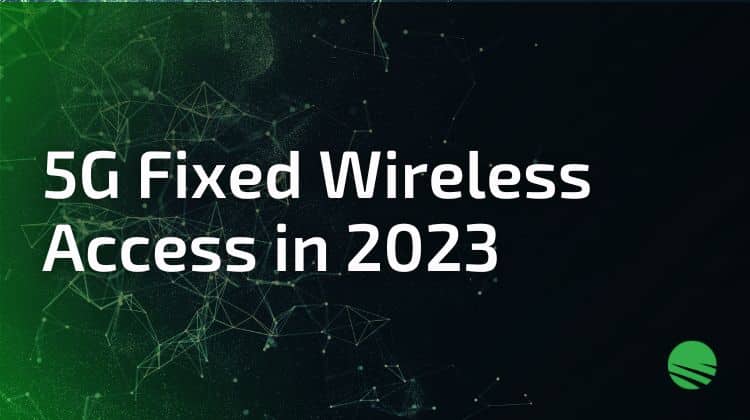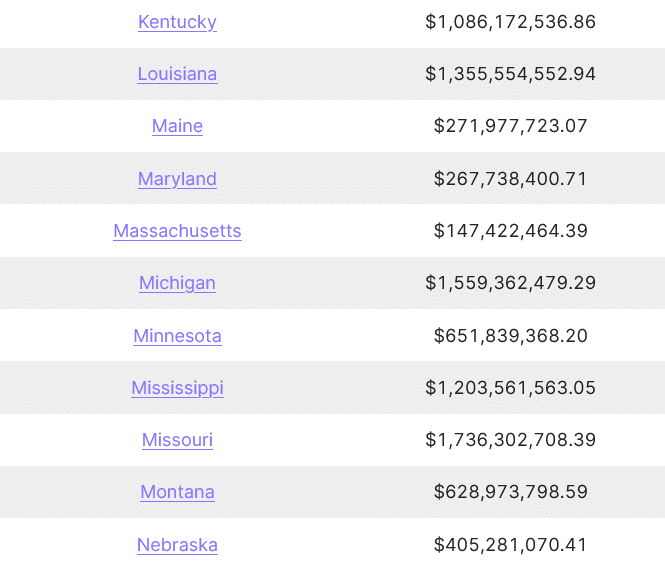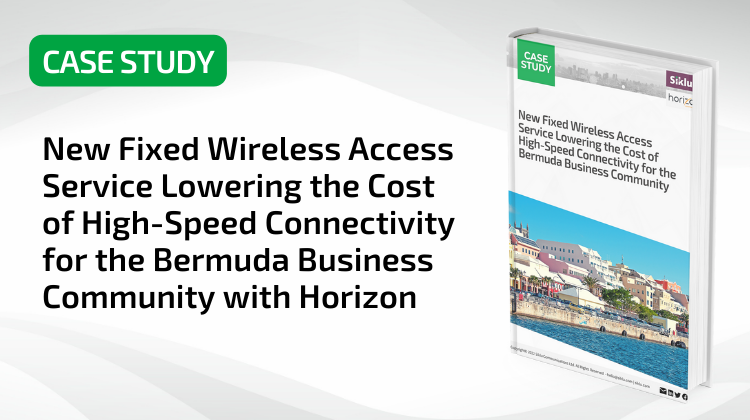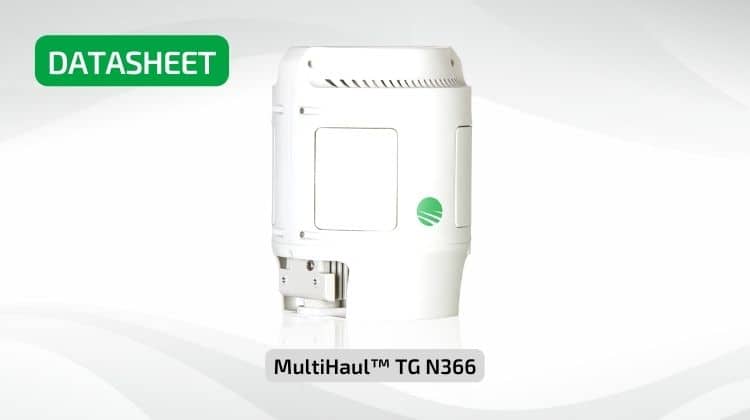What is 5G Fixed Wireless Access (FWA)?
5G Fixed Wireless Access (FWA) is a type of wireless technology that delivers ultra-high-speed broadband services using radio frequencies instead of cables, making it a competitive alternative to fiber. FWA systems typically consist of a base station connected to a fixed network and a number of subscriber units spread out over a wide area. These transmitters are strategically attached to stationary structures such as poles, buildings or towers.

Bridging the Digital Divide with Fixed Wireless Access
FWA technology like Siklu‘s uses millimeter radio waves (60/70/80 GHz) to send high-speed signals that offer data transfer to and from consumer devices. This enables consumers to connect to the fixed network and access fiber-like-speed data services. 5G Fixed Wireless can offer users speeds comparable to a wired broadband connection, making it a viable option to bridge the digital divide and connect underserved regions and communities.
The BEAD funding, also known as the Broadband Deployment Advisory Committee, has important implications for the development and use of 5G Fixed Wireless technology. This funding aims to support the expansion of broadband in areas that don’t have reliable internet access, especially in underserved and rural regions. With the help of BEAD funding, the implementation of 5G Fixed Wireless technology can provide high-speed internet to these areas, improving their economic and social prospects. Furthermore, the deployment of 5G Fixed Wireless can help bridge the digital divide, allowing previously excluded individuals to benefit from internet access.
In summary, BEAD funding is a crucial part of bringing 5G Fixed Wireless technology to underserved areas, and it has a significant impact on improving internet connectivity and accessibility.
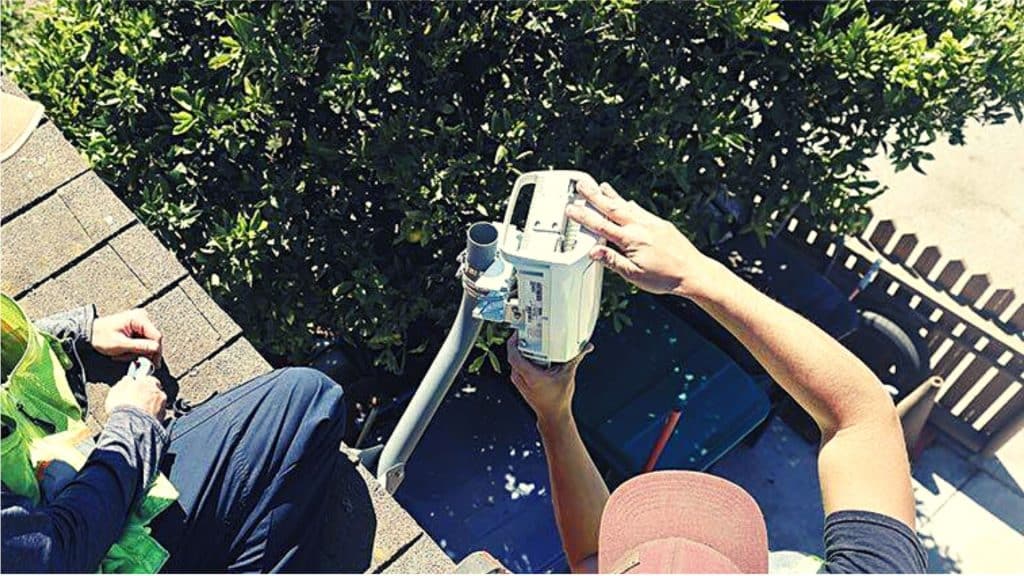
5G Fixed Wireless as a Competitive Alternative to Fiber
FWA is a competitive, cost-effective alternative to fiber, especially in areas where operators’ return on investment (or lack thereof) makes fiber trenching economically not viable. FWA can bring gigabit-speed connectivity to digital deserts, which are areas where there is little or no access to high-speed internet due to a lack of infrastructure, the prohibitive cost of bringing infrastructure to these areas, or the difficulty of connecting remote or hard-to-reach locations. FWA enables residents in these areas to take advantage of the many benefits that come with having a high-speed internet connection, such as access to online education and job resources that are crucial in a post-COVID-19 world of remote work and schooling.
In addition, 5G fixed wireless access offers significant cost savings compared to traditional wired broadband. Unlike wired networks, which require costly infrastructure to be trenched and maintained, 5G FWA utilizes existing cellular infrastructure. This means that the cost of installation and maintenance is spread across a larger user base, making it a more cost-effective solution for both providers and end-users.
Millimeter wave FWA stands for millimeter wave Fixed Wireless Access. It is a wireless communication technology that uses high-frequency millimeter wave spectrum (60/70/80 GHz) to provide broadband internet access to homes and businesses without the need for traditional wired fiber connections.
While millimeter wave FWA has numerous benefits, it does have a few limitations to consider:
- Line-of-sight requirements: Millimeter wave signals are easily blocked by obstacles such as buildings and trees. To ensure a reliable connection, there should be a clear line of sight between the base station and the customer’s antenna.
- Range limitations: Millimeter wave signals have a shorter range compared to lower frequency wireless technologies, which means that the coverage area for 5G Fixed Wireless may be more limited. Read how Siklu overcomes the Range challenge.
- Weather effects: Heavy rain, fog, and other atmospheric conditions can attenuate millimeter wave signals, potentially affecting the performance of FWA. Read about common weather myths.
- Equipment cost: The cost of millimeter wave FWA equipment can be higher compared to some other wireless technologies, although it is still often more cost-effective than deploying wired infrastructure.
Availability of millimeter wave FWA depends on the service providers in your area. It is recommended to check with local internet service providers (ISPs) or wireless carriers to determine if millimeter wave FWA is available or planned for deployment in your location. Recent BEAD grants make it more likely that FWA is coming to your municipality sooner rather than later.
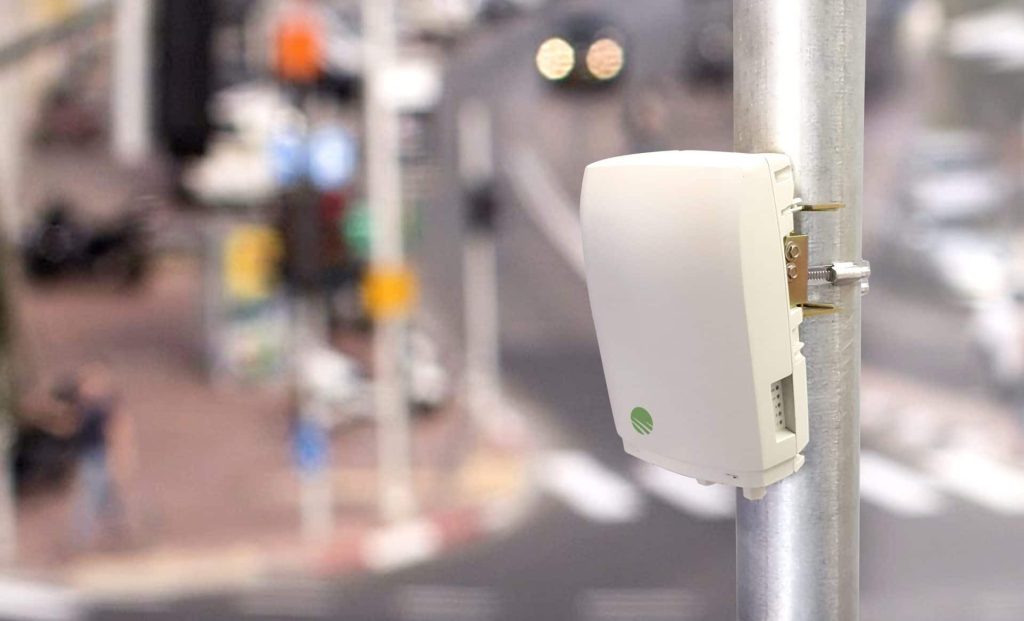
Emerging Markets - A Large Potential Market for Enterprise Connectivity
5G FWA is also an attractive solution for emerging markets where the cost of laying fiber is prohibitive. With 5G Fixed Wireless access, businesses can access high-speed internet connectivity without the need for costly infrastructure. This makes it an ideal solution for small and medium-sized enterprises (SMEs) in remote locations that need reliable and fast internet connectivity to conduct their business operations.
Horizon Communications, based in Hamilton, Bermuda, is now offering high-speed wireless broadband to businesses in the capital. With a focus on being the first full-scale WISP on the island, Horizon gained regulatory approval in 2021 to provide 4G mobile and 5G fixed broadband services. Since then, the company has been rapidly expanding.
In October 2021, Horizon deployed a new network using Siklu MultiHaul™ TG N366 nodes and companion MultiHaul™ TG TU units that are Terragraph-certified. This new solution from Siklu allows Horizon to offer Gigabit-speed, fixed wireless broadband to businesses and is also starting to attract residential customers. The service initially launched in Hamilton and will gradually expand to other parishes on the island.
Overall, 5G FWA is a viable alternative to traditional wired broadband. It offers cost savings, reliable connectivity, and access to new and emerging markets. As the technology continues to evolve and improve, it is likely that we will see an increasing number of providers offering 5G Fixed Wireless access as a viable solution for multi-gigabit internet connectivity to previously undeserved communities. If you are a technology integrator or distributor considering 5G FWA for your business, it is important to work with an experienced provider who can help you navigate the technology and provide the support you need to ensure a successful deployment.
The State of 5G Fixed Wireless Access in 2023
While developed nations are rapidly deploying 5G networks, developing nations may take longer to adopt this new technology due to the cost of infrastructure and limited government funding or economic incentives for operators to invest in ROI-poor regions. Additionally, there is a lack of existing infrastructure and unstable access to electricity in many developing nations, making it challenging to deploy viable connectivity with reasonable uptime and latency.
With that being said, 5G FWA may be a game-changer for developing nations as it provides an affordable and efficient way to connect people to the internet for a fraction of the cost of doing so with fiber. With 5G Fixed Wireless, developing nations can bypass the need for expensive fiber infrastructure in remote areas (“last mile”) and provide high-speed internet to undeserved communities currently without access.
Overcoming the range challenge is also possible in countries where communities are far apart mainly thanks to millimeter wave technology like Siklu’s. With proprietary technology that extends mmWave to previously-unachievable distances, delivering multi-gigabit connectivity to remote regions is no longer an impossibility. The vendor-agnostic approach undertaken by Siklu allows operators to extend their coverage beyond 10KM.
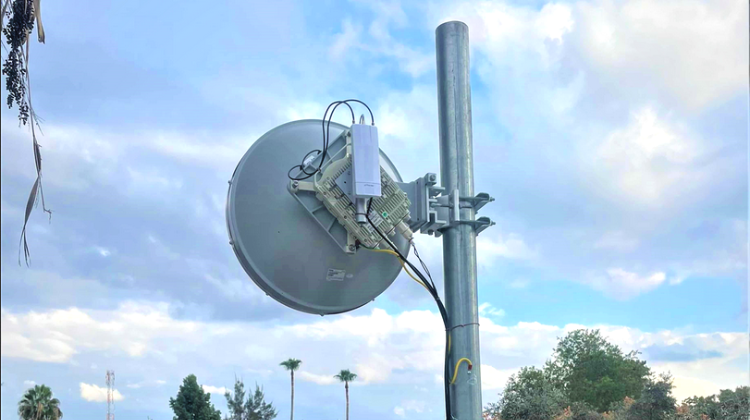
Why is 5G FWA mmWave Extended Range a Game-changer?
Siklu’s ExtendMM™ combines EtherHaul™ millimeter wave radios with an additional radio that operates at a lower frequency. This combination forms a reliable and long-distance connection that can withstand any weather conditions. With just one click in the EtherHaul™ web GUI, the two radios transform into a fully-monitored, high-performance, and long-range multi-gigabit unified link. The mmWave EtherHaul™ link provides multiple Gbps rates without any interference, and in rare cases when the mmWave link becomes unavailable due to weather, the backup link at a lower frequency will automatically activate.
ExtendMM™ is a complete 10Gbps @ 6 miles / 10km (and farther) solution comprised of:
- A powerful switch-over networking engine and integrated and easy-to-use single-click configuration, monitoring, and control
- A built-in switch means running a single cable to the combined dual-link solution
- Easy integration with your existing lower-band radio, which preserves your investment
- Siklu’s dual-band 70/80GHz & 5GHz antennas (1ft / 2ft) support any connected third-party 5GHz radio.
- Efficient network design enabled by Siklu’s SmartHaul™ Link Budget Calculator and WiNDE
Siklu’s ExtendMM™ solution operates with any wireless PtP product which supports the Ethernet transparent-bridge mode and that can transport any type of layer 2 broadcast or multicast traffic
A Siklu EtherHaul Kilo radio can be combined using the ExtendMM software with a lower-band radio (for example, 5GHz) and a dual-band 2-foot antenna – and that’s all it takes to go 10 Gbps at 6 miles (10 km ), and farther, with 99.999% availability. You also will have the benefit of using the cost-effective, lightly licensed E-band spectrum. With a single click, it becomes possible to turn an EtherHaul™ Kilo product into a long-range link that delivers the capacity your network is demanding.
To recap and summarize, the E-Band spectrum is great for applications that require a lot of data, but rain can affect how far the signal can travel. Light rain doesn’t have much of an impact, but heavy rain can make the signal much weaker. The longer the distance, the more the signal weakens. That’s why Siklu made a solution that works with your current 5GHz radio, called the 70/80GHz dual-band. It’s the only one of its kind.
By using both the 5GHz radio, which is cheaper and has a lower data capacity, in combination with the EtherHaul™ Kilo a network operator can get the best of both worlds. The ExtendMM is truly the only solution currently available capable of delivering multi-gigabit-capacity connections that can reach far distances, all at an unbeatable $/Gb price.
5G Fixed Wireless Access Technology Distributors
Key distributors of 5G Fixed Wireless Access mmWave technology include Thomasson Marketing Group (TMG) and DoubleRadius. These official Siklu distributors play a crucial role in providing access to this advanced technology, enabling businesses and technology integrators across the United States to deploy multi-gigabit connectivity at unbeatable prices and at a fraction of the time compared to traditional fiber trenching. Thomasson Marketing Group (TMG) and DoubleRadius are trusted partners in the distribution of mmWave technology, ensuring that customers have reliable access to this innovative and efficient wireless solution, with human support and a 99.999% uptime guarantee.

Thomasson Marketing Group, Inc
Representing the highest quality manufacturers while delivering the most innovative and highest quality products available on the market to our customer base

DoubleRadius, Inc
Since 2001, DoubleRadius has been helping companies like yours build better networks across the U.S. and internationally. Our team's purpose is to serve as your trusted partner, helping you succeed through every networking challenge and opportunity you encounter.

5G Fixed Wireless Access Technology in 2024
In conclusion, the deployment of 5G fixed wireless technology holds immense potential for transforming the way we connect to the internet. With its unmatched speeds and low latency, 5G fixed wireless has the power to enable seamless streaming, gaming, and data-intensive applications. By staying educated about the benefits and challenges, distributors, technology integrators and businesses can navigate the evolving landscape of 5G fixed wireless and make informed decisions to leverage its advantages and available government funding.

